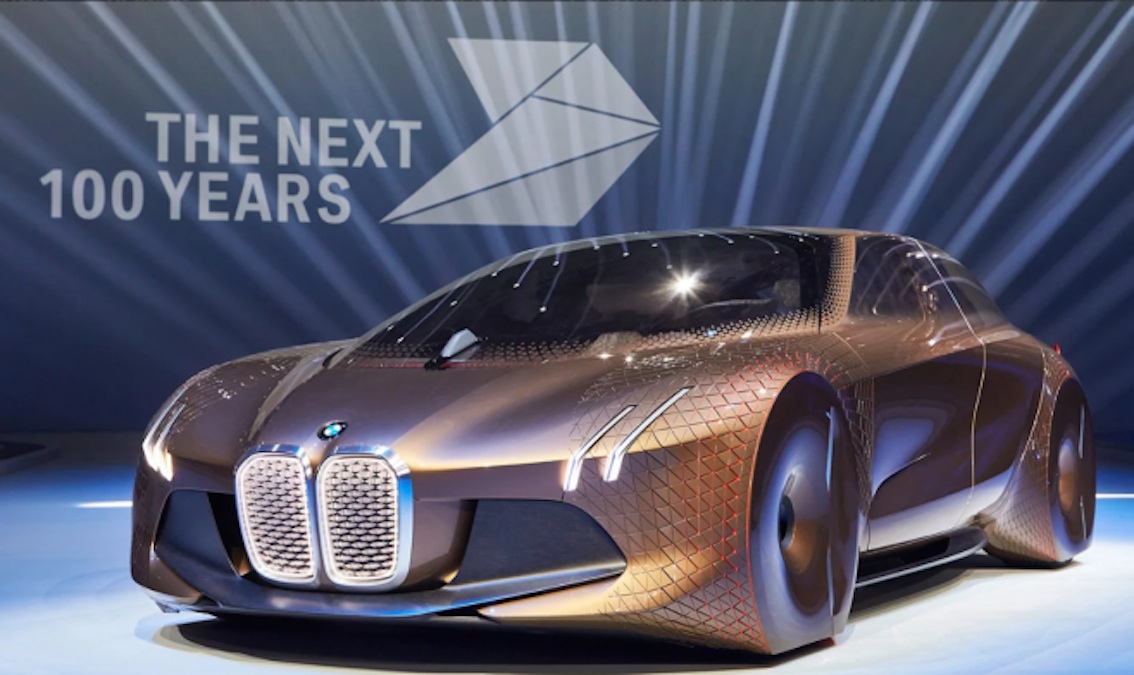$14B laser diode market by 2029

Industrial material processing and optical sensing are driving growth says IDTechEx Research
Emerging semiconductor laser technologies are revolutionising the industrial material processing and optical sensing markets, according to a recently released report from IDTechEx Research, a market research and technology consulting firm based in Cambridge (UK).
According to the report 'Laser Diodes & Direct Diode Lasers 2019-2029: Technologies, Markets & Forecasts' by analyst Dr Nilushi Wijeyasinghe, the global market for laser diodes and direct diode lasers will reach a size of $13.985 billion by 2029, where laser diodes account for $11.952 billion and direct diode lasers account for $2.033 billion. The optical sensing market segment is forecast to grow by an order of magnitude during the 2019-2029 period.
Laser diodes are very different to LEDs. Unlike LEDs, laser diodes produce a coherent beam of monochromatic light, which remains collimated at long distance as observed with common laser pointers. Laser diodes also have a higher radiance (brighter) and are more energy efficient compared to LEDs.
The power output of a single laser diode can range from milliwatt to multi-watt levels. Individual emitters can be used alone or combined to form more complicated lasers with different properties and applications. Multiple laser diodes can form a laser diode bar for the optical pumping (energy input) of solid-state lasers. Laser diodes integrated into modules with beam shaping optics and control electronics are useful for many applications.
DDLs for metal, plastic and composite processing
During the past three decades, the average power of laser diodes has increased exponentially, while their average price has decreased exponentially. These advances in semiconductor laser technology have enabled the development of direct diode lasers (DDLs), including high-power direct diode lasers (HPDDLs) that produce multi-kilowatt output power. Improvements in laser beam quality now enable users to focus the light to a small point, and this revealed DDLs as rapidly evolving tools for metal, plastic and composite processing.
Consequently, DDLs and HPDDLs are emerging as major global trends in industrial manufacturing, with Panasonic (Japan) acquiring the HPDDL manufacturer TeraDiode (USA) to enhance their position in the laser material processing market.
A particularly important trend is the development of blue diode lasers for applications like welding and 3D printing copper, with key player Laserline (Germany) launching a 1 kW product in 2019.
Blue laser light is faster and more efficient at processing metals like copper that are poor absorbers of conventional infrared radiation. Today’s DDL key players are demonstrating novel applications of diode lasers that were dismissed as impossible by critics a decade ago, while partnering with automotive manufacturers like Volkswagen (Germany) to optimise laser processing parameters.
Laser diodes in optical sensing
The wide adoption of laser diodes in optical sensing markets is also transforming the automotive and electronics industries. Semiconductor lasers for sensing are manufactured by multinational giants like Sony (Japan), laser industry key players like II-VI Incorporated (USA), and smaller companies like CNI (China) who have expertise in machine vision. The figure below shows some examples of industries that benefit from laser diode technologies for 3D sensing and imaging.
A key trend in 2019 is the rise of VCSEL technology for applications like facial recognition in smartphones. VCSELs are a type of laser diode that offers superior beam properties, thermal stability and device scalability compared to products like Fabry Perot laser diodes. Companies like II-VI are investing into quickly growing their VCSEL production capacity and enhancing their position in the VCSEL market. In November 2018, II-VI announced plans to acquire VCSEL expert Finisar (USA).
Another rapidly evolving laser technology is lidar. In 2018, BMW i Ventures – the BMW venture capital fund – invested in the lidar start-up Blackmore (USA). Blackmore’s innovative lidar sensors for self-driving cars use a frequency-modulated continuous wave (FMCW) light source and scan laser beams using solid-state methods, which is different to traditional lidar systems that use pulsed light and mechanical scanning.FMCW lidar combines optical communication hardware and radar signal processing methods to deliver accurate information on both object distance and velocity. The adoption of automotive lidar and in-cabin monitoring technologies by the autonomous vehicle industry are important trends that support growth in the laser diodes market. (Pictured above is the BMW Vision Next 100 concept car - a futuristic design of an autonomous vehicle).
Dr Nilushi Wijeyasinghe will discuss some of these topics at a Trends in Photonics technology masterclass on 12th April 2019, hosted at the IDTechEx Show! Europe in the Estrel Convention Centre, Berlin (Germany).


































